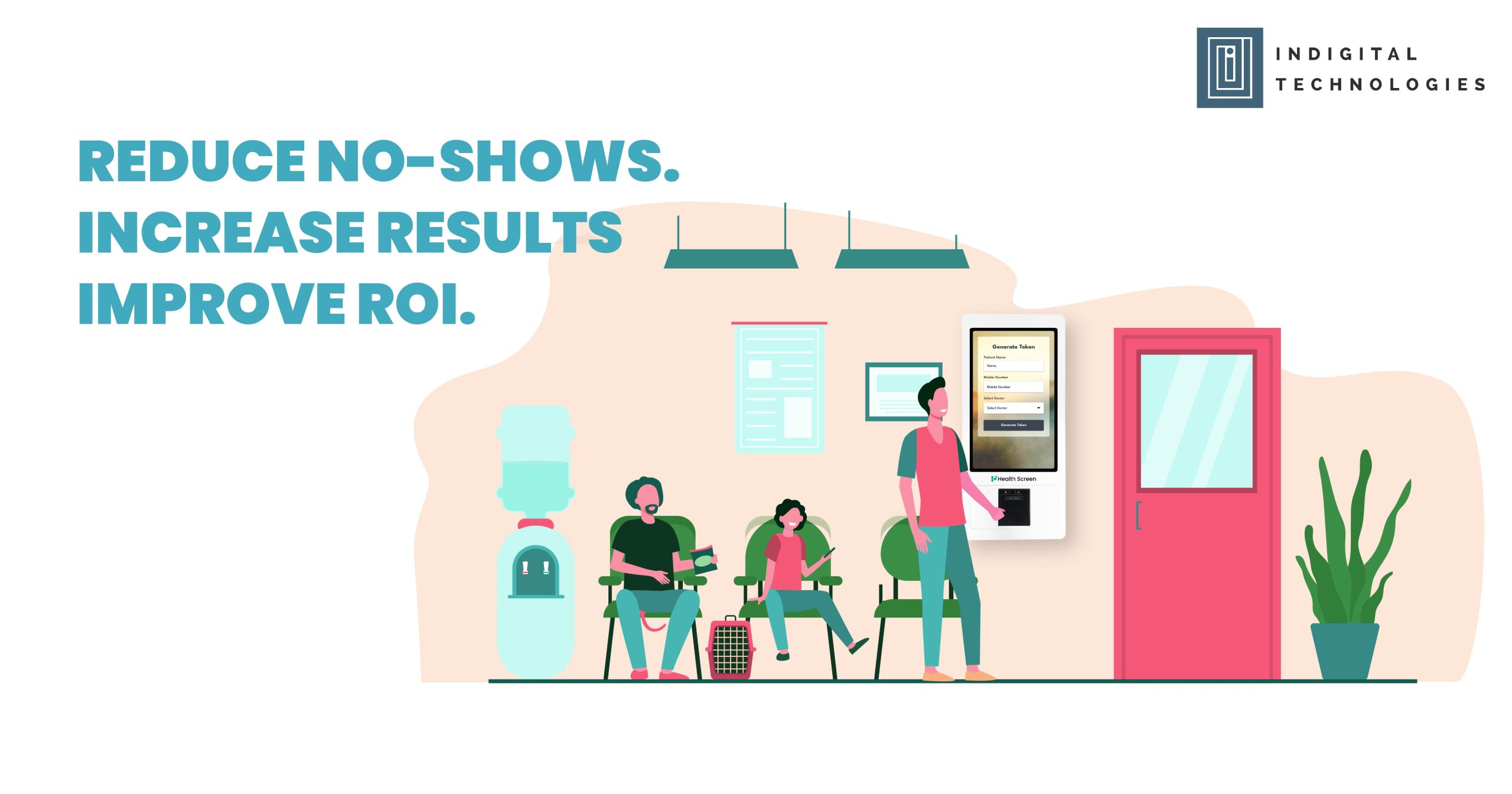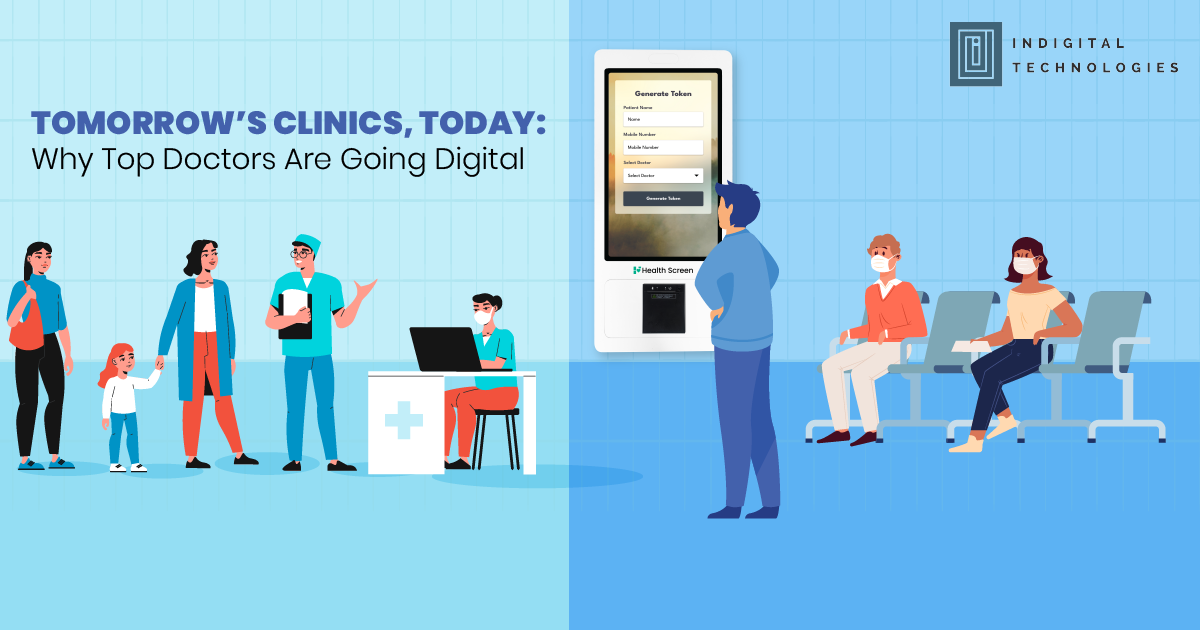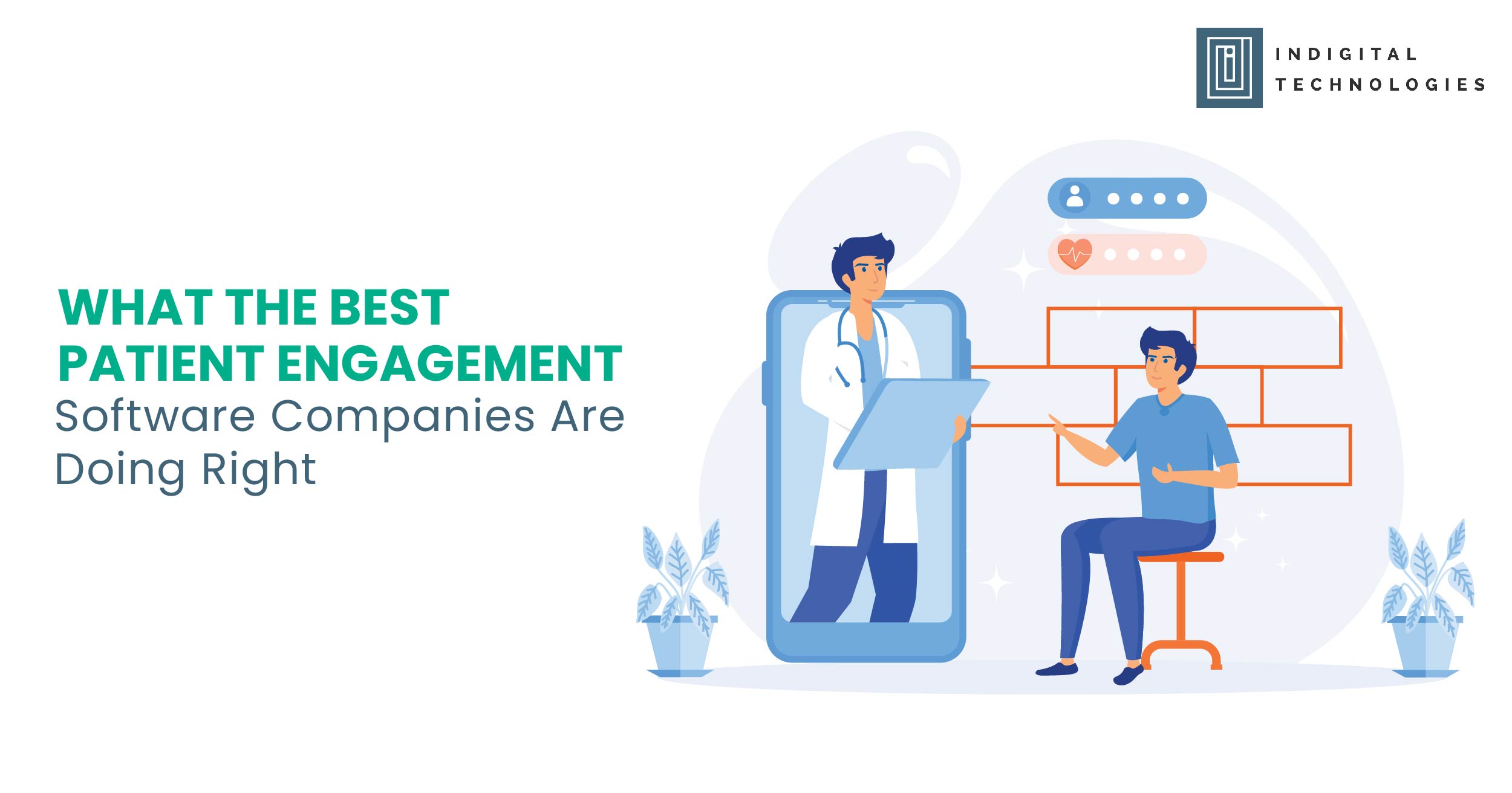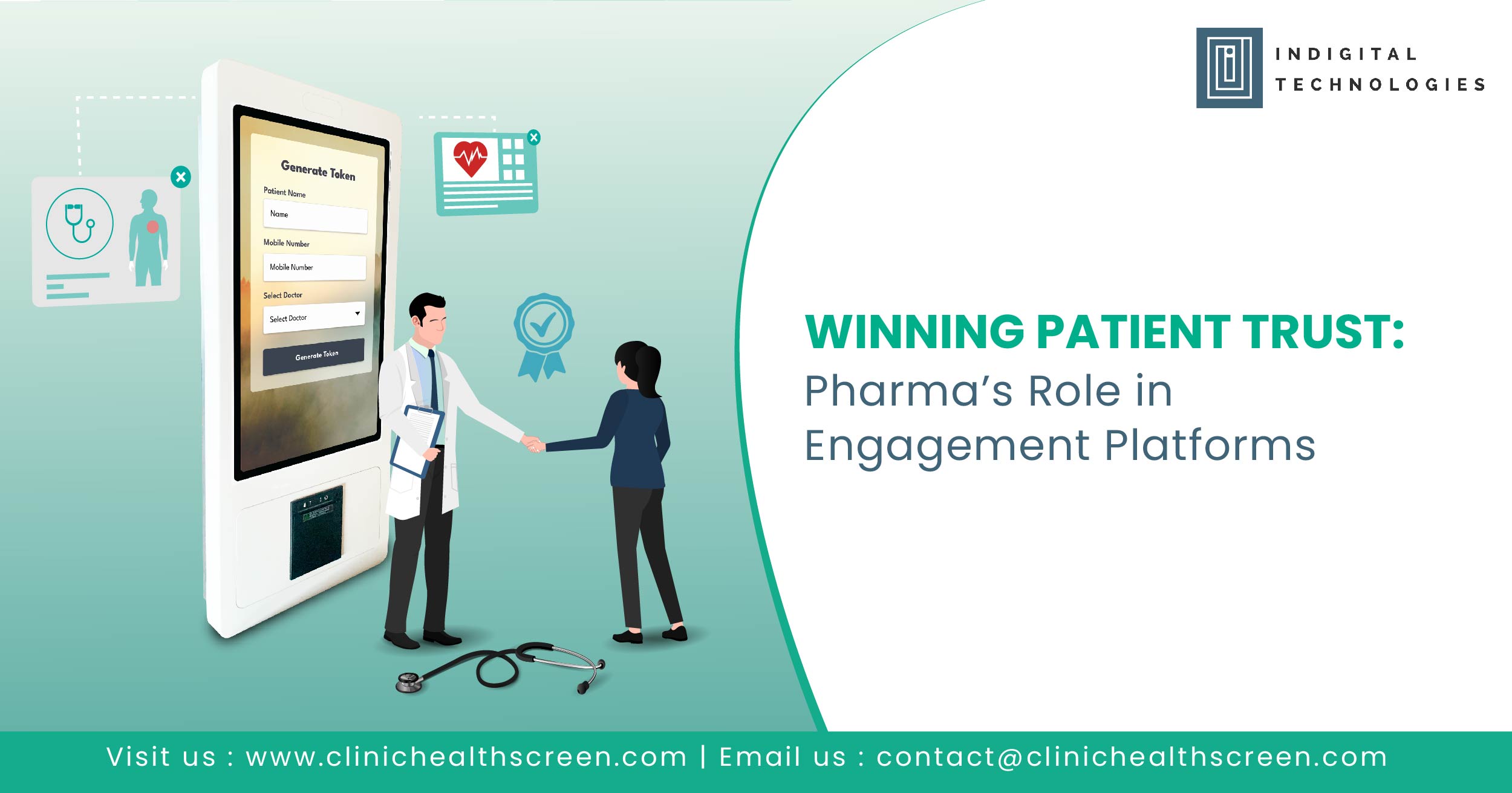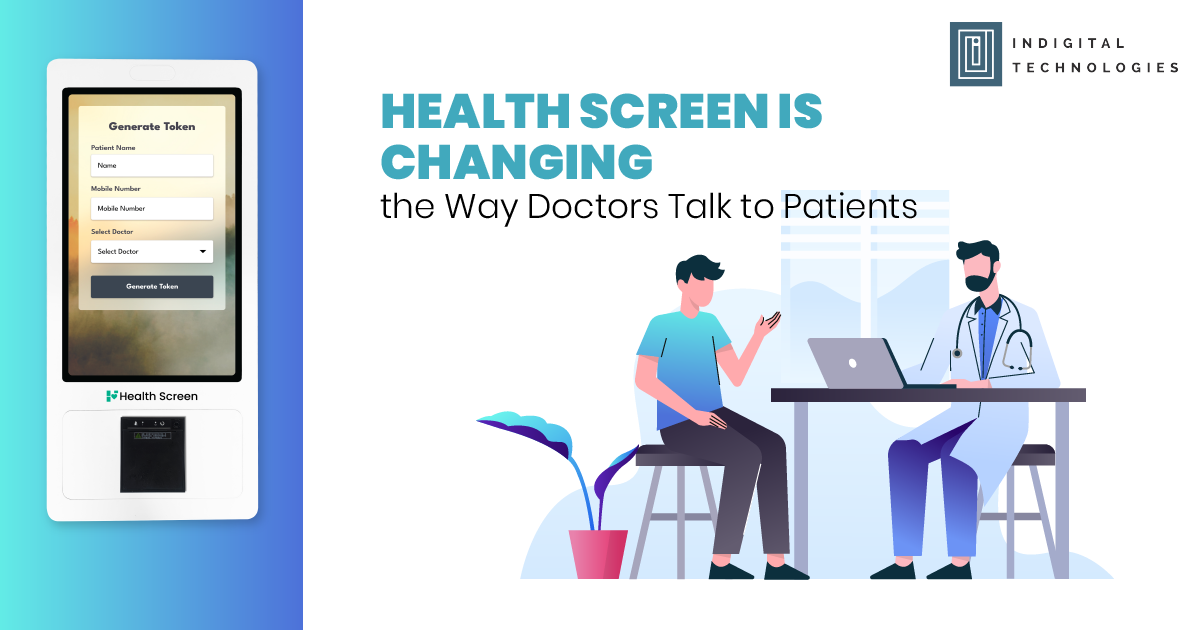The Cost of No-Shows in Modern Healthcare
Missed appointments are more than just a scheduling hassle — they’re a hidden drain on clinical efficiency, patient outcomes, and business returns. From diagnostics to chronic care, no-shows create ripple effects: unutilized resources, compromised treatment continuity, and frustrated care teams.
In India alone, studies estimate that up to 30% of OPD appointments are missed or delayed, leading to significant inefficiencies. These aren’t just missed consultations — they’re missed opportunities for intervention, education, and better health.
The Hidden ROI of Reducing No-Shows
When patients skip appointments, healthcare teams lose time, and pharma partners lose impact. Every appointment matters — whether it’s for early screening, patient education, or starting new therapy. Reducing no-shows isn’t just an operational goal; it’s a strategic necessity for pharma-driven care initiatives.
Here’s what improved appointment adherence can lead to:
- Stronger Patient Retention
- Higher Screening Uptake
- Improved Adherence to Prescribed Therapies
- Greater Pharma-Clinic Collaboration ROI
How Smart Engagement Drives Attendance
Patients miss appointments for many reasons — from forgetfulness to unclear communication, or simply not understanding the importance of the visit. Smart engagement tools are changing that narrative.
Today’s patient engagement platforms do more than send reminders. They:
- Educate patients before they meet the doctor, increasing perceived value of the visit.
- Display awareness content that aligns with pharma campaign priorities.
- Share personalized messages that reduce appointment anxiety and improve turnout.
Engagement doesn’t end at the clinic door. It begins in the waiting room — or even before.
What Works: In-Clinic Engagement That Educates
A rising trend is the use of clinic-based digital screens that double as patient educators and smart token systems. These tools not only manage patient flow but display awareness videos, symptom explainers, and risk assessment content tailored to the specialty of the clinic.
For example:
- In a cardiology OPD, a patient watching a video on “Early Signs of Hypertension” is more likely to follow up for testing.
- In a diabetology setting, a foot care video reduces therapy dropouts by addressing myths.
These small interventions lead to big behavioral changes, reducing no-shows and increasing therapy initiation.
Pharma’s Role in Reducing No-Shows
Pharma teams are investing in more than just prescriptions — they’re investing in touchpoints. From supporting clinic infrastructure to co-developing patient journeys, pharma’s success is now tied to engagement outcomes.
By supporting tools that enhance pre-consultation awareness and create a more informed, less anxious patient, pharma brands are not only seen but remembered — for the right reasons.
It’s no longer about just reaching the doctor. It’s about engaging the patient too.
A Real-World Snapshot
In several urban clinics, a digital screen system deployed in waiting areas showed a 14% drop in patient no-shows within three months. Patients were more informed, more ready to ask questions, and more committed to follow-up — a win-win for both doctors and pharma stakeholders.
Even better? Doctors reported smoother consultations, and pharma teams saw a measurable increase in screening and diagnostic tests tied to their therapy portfolios.
Final Word: No-Shows Are Preventable. Engagement Is the Answer.
Reducing no-shows is about more than calendar management. It’s about activating patients through education, reducing confusion, and reinforcing the importance of every visit.
In-clinic tools that do this subtly — without disrupting clinic flow — are proving to be a game changer.
For pharma leaders, the question isn’t: “Can we reduce no-shows?”
It’s: “What tools are we giving clinics to make it happen?”

